With her contract expired, and coming off the overwhelming success of The Richest Girl in the World (’34) for RKO, Miriam signed a contract with independent producer Samuel Goldwyn. After initially balking at RKO’s salary offer for Becky Sharp, & both Myrna Loy & Claudette Colbert also rejecting it, Miriam received a higher offer & accepted the role. Filming began on December 11, 1934 with Lowell Sherman directing. 2 weeks into shooting , however, Sherman was stricken with pneumonia, hospitalized and died on December 28th. Rouben Mamoulian was suggested by Hopkins to take Sherman’s place, but hated both the script & Sherman’s footage, so both were scrapped & the production started over. Mamoulian’s adaptation is primarily known as being the first film to utilize the 3 strip Technicolor process, whereby the camera captured separate color records on 3 strips of film that were then combined in printing. While the script issues were not solved, Mamoulian’s use of color to reflect story, mood & meaning are certainly the film’s lasting legacy. When watching the film, pay close attention to the color of Becky’s dresses, for instance, because they each indicate her station in life, as well as her intentions within the scene. Tom Milne points specifically to the grand ball scene, on the eve of Waterloo, as a perfect indication of color as story indicator. In the scene the overwhelming “…blues, greens & yellows are gradually drained away to leave the screen suffused by a crescendo of red” (p. 91) to show the impending blood bath of the battlefield In many ways, Becky Sharp is the perfect character for Hopkins to play because both can easily be accused of demanding that any & all attention in a room be focused solely on themselves. Hopkins was notorious for undermining fellow actors by moving upstage & forcing them to put their backs to the camera. During Sherman’s 2 weeks of shooting, she created repeated complaints & even reduced a fellow actor to tears. Bette Davis hated Hopkins’ efforts in this manner during the making of The Old Maid (’39), that after their second film together, (Old Acquaintence-43), she vowed to never work with Hopkins again. Similarly, our introduction to Becky, in the opening scene of Becky Sharp, wonderfully mirrors this self-absorption when she cuttingly comments on Amelia’s popularity, drawing attention from her. Becky’s theatricality runs throughout this abridged version of Thackeray’s story, crying on demand, being outraged at small slights and feigning horror at perceived indiscretions. She is a creation of her own making and manipulates men & women equally, often with different results, but always climbing upwards. The underlying theme of Vanity Fair (the novel) seems to be is it better to be cleaver or to be kind. Amelia initially has wealth, popularity & love, but is unable to deal with life when she loses everything. She is kind, but weak. Becky, on the other hand, has nothing & relies on the goodness of others to survive. She is an orphan, taken in by the schoolmistress to teach French to the other girls, then a governess, a wife, a mistress & finally a casino “hostess.” In each phase of her life, however, she uses her cleverness to achieve wealth, position & finally salvation. She is a horrible person without scruples, but she is a survivor. The Script for Becky Sharp softens many of Becky’s worst impulses from the novel, which in turn weakens the character. She is less evil, less cruel & ultimately becomes less interesting. In the film, she allows Rawdon to scheme to place Becky with his wealthy spinster aunt. There is also no child for Becky to ignore & the script has the pompous George Osborne to be the aggressive in their furtive relationship. In each instance to make Becky a more appealing lead character the script makes her more a willing participant, than the driving force that destroys people, marriages & family.
Becky Sharp is by no means a great film. Hopkins’ performance and Mamoulian’s use of color are what make the film memorable & worth seeing. Because filmmakers seem willing to adapt & create different versions of Vanity Fair every 10 years or so there are many better, more complete & more enjoyable versions than Becky Sharp, including the mini-series mentioned above. Sources: Miriam Hopkins: Life & Films of a Hollywood Rebel. Allen R. Ellenberger. University Press of Kentucky. 2018. Cinema One Vol 13: Mamoulian. Tom Milne. Indiana University Press. 1969.
0 Comments
|
AuthorWrite something about yourself. No need to be fancy, just an overview. ArchivesCategories |
- Home
-
Top 10 Lists
- My Top 10 Favorite Movies
- Top 10 Heist Movies
- Top 10 Neo-Noir Films
- The Top 10 Films of the Troubles (1969-1998)
- The Troubles Selected Timeline
- Top 10 Films from 2001
-
Director Top 10's
>
- Top 10 Film Noir Directors
- Top 10 Coen Brothers Films
- Top 10 John Ford Films
- Top 10 Samuel Fuller Films
- Jean-Luc Godard 1960-67
- Top 10 Alfred Hitchcock Films
- Top 10 John Huston Films
- Top 10 Fritz Lang Films (American)
- Val Lewton Top 10
- Top 10 Ernst Lubitsch Films
- Top 10 Jean-Pierre Melville Films
- Top 10 Nicholas Ray Films
- Top 10 Preston Sturges Films
- Top 10 Robert Siodmak Films
- Top 10 Paul Verhoeven Films
- Top 10 William Wellman Films
- Top 10 Billy Wilder Films
-
Actor/Actress Top 10's
>
- Top 10 Joan Blondell Movies
- Top 10 Catherine Deneuve Films
- Top 10 Clark Gable Movies
- Top 10 Ava Gardner Films
- Top 10 Gloria Grahame Films
- Top 10 Jean Harlow Movies
- Top 10 Miriam Hopkins Films
- Top 10 Grace Kelly Films
- Top 10 Burt Lancaster Films
- Top 10 Carole Lombard Movies
- Top 10 Myrna Loy Films
- Top 10 Marilyn Monroe Films
- Top 10 Robert Mitchum Noir Movies
- Top 10 Paul Newman Films
- Top 10 Robert Ryan Movies
- Top 10 Norma Shearer Movies
- Top 10 Barbara Stanwyck Films
- Top 10 Noir Films (Classic Era)
- Top 10 Pre-Code Films
- Top 10 Actresses of the 1930's
-
Reviews
- Quick Hits: Short Takes on Recent Viewing >
- The 1910's >
- The 1920's >
-
The 1930's
>
- Becky Sharp (1935)
- Blonde Crazy
- Bombshell ('33)
- The Cheat
- The Conquerors
- The Crowd Roars
- The Divorcee
- Frank Capra & Barbara Stanwyck: The Evolution of a Romance
- Heroes for Sale
- The Invisible Man (1933)
- L'Atalante (1934)
- Let Us Be Gay
- My Man Godfrey
- No Man of Her Own (1932)
- Platinum Blonde ('31)
- Reckless ('35)
- The Sign of the Cross (1932)
- The Sin of Nora Moran (1932)
- True Confession ('37)
- Virtue ('32)
- The Women
-
The 1940's
>
- Casablanca (1942)
- The Story of Citizen Kane
- Criss Cross (1949)
- Double indemnity
- Jean Arthur in A Foreign Affair
- The Killers 1946 & 1964 Comparison
- The Maltese Falcon Intro
- Moonrise (1948)
- My Gal Sal (1942)
- Nightmare Alley
- Notorious Intro ('46)
- Overlooked Christmas Movies of the 1940's
- Pursued (1947)
- Remember the Night ('40)
- The Red Shoes (1948)
- The Set-Up ('49)
- They Won't Believe Me (1947)
- The Third Man
-
The 1950's
>
- The Asphalt Jungle Secret Cinema Intro
- Cat on a Hot Tin Roof ('58) Intro
- The Crimson Kimono (1959)
- A Face in the Crowd (1957)
- In a Lonely Place
- A Kiss Before Dying (1956)
- Mogambo ('53)
- Niagara (1953)
- The Night of The Hunter ('55)
- Pushover Noir City
- Rear Window (1954)
- Rebel Without a Cause (1955)
- Red Dust ('32 vs Mogambo ('53)
- The Searchers ('56)
- Singin' in the Rain Introduction
- Some Like It Hot ('59) >
-
The 1960's
>
- The April Fools (1969)
- Band of Outsiders (1964)
- Bonnie & Clyde (1967)
- Cape Fear ('62)
- Contempt (Le Mepris) 1963
- Cool Hand Luke (1967) Intro
- Dr Strangelove Intro
- For a Few Dollars More (1965)
- Fistful of Dollars (1964)
- The Good, the Bad and the Ugly (1968)
- A Hard Day's Night Intro
- The Hustler ('61) Intro
- The Man With No Name Trilogy
- The Misfits ('61)
- Point Blank (1967)
- The Umbrellas of Cherbourg/La La Land
- Underworld USA ('61)
- The 1970's >
- The 1980's >
- The 1990's >
- 2000's >
-
Artists
-
Resources
- Video Introductions
- Anatomy of a Murder Notes
Proudly powered by Weebly
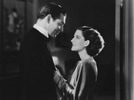
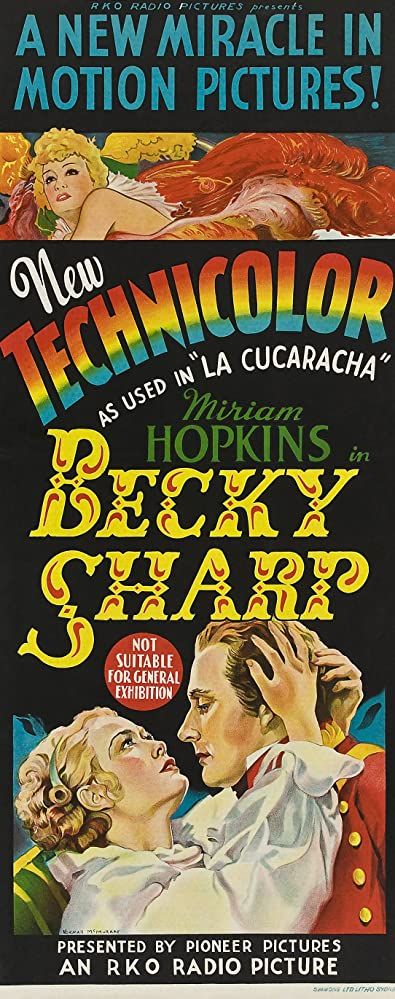
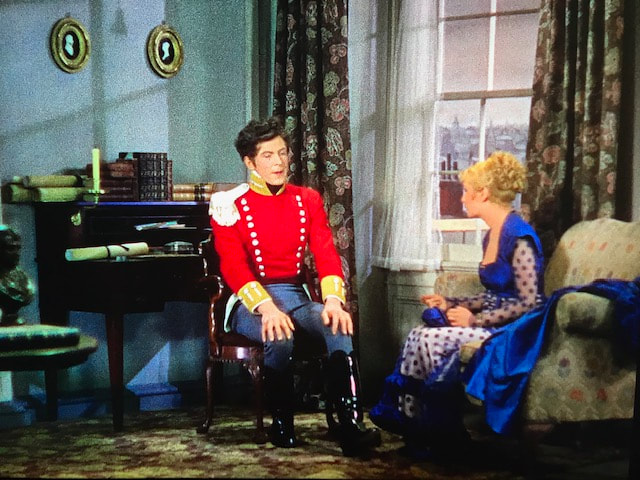
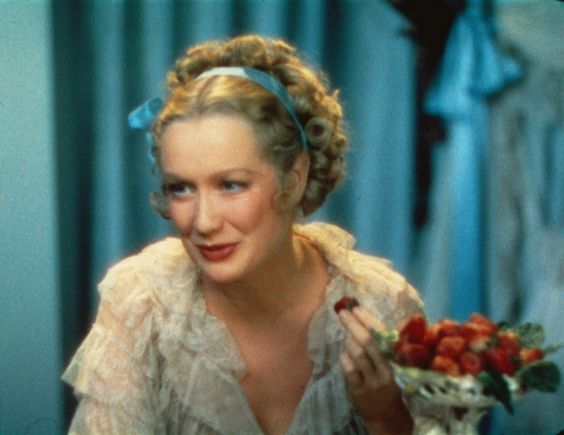

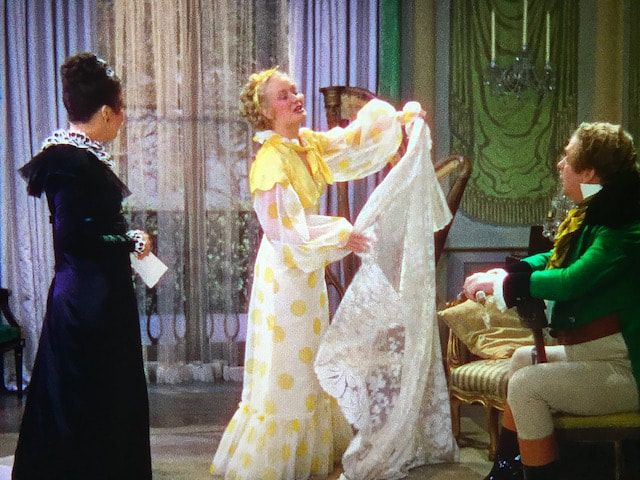
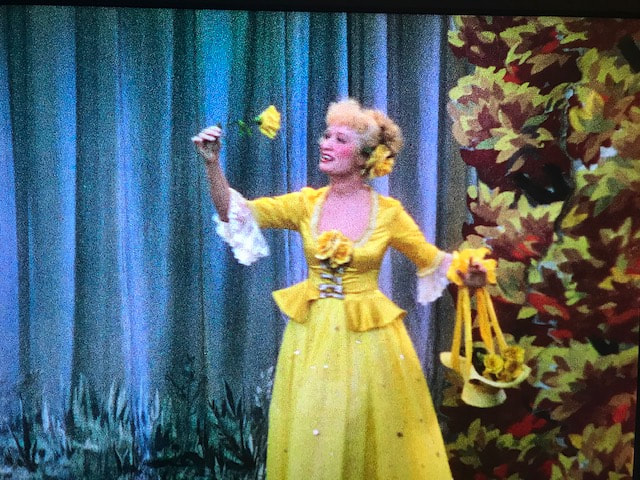
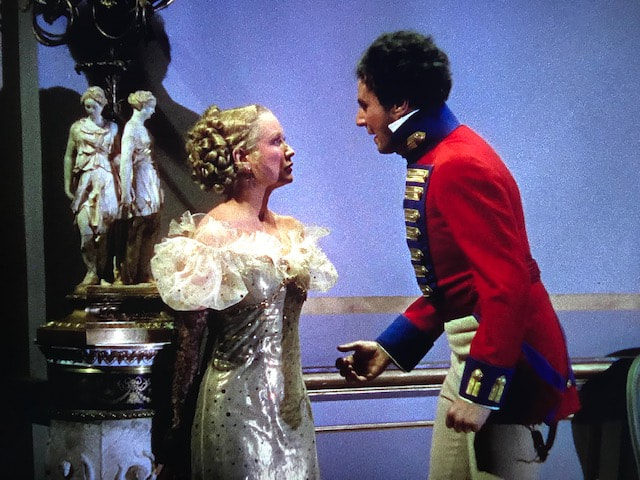
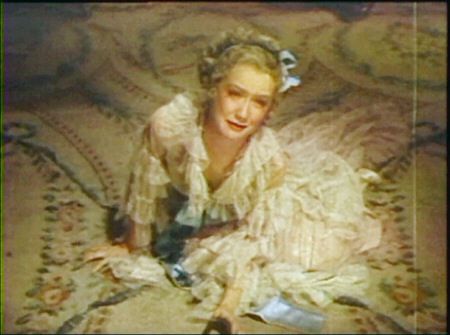
 RSS Feed
RSS Feed